Stones in the bladder cause many inconvenience, and the lack of treatment can lead to irreversible consequences. We will consider the symptoms and signs of the presence of stones in the bladder, and we will talk about what cases to patients recommend surgery. We will also analyze what means of traditional medicine contribute to their treatment.
Content
Stones in the bladder: causes, symptoms and signs
Unpleasant sensations in the area of \u200b\u200bthe bladder and pain during urination may indicate the presence of urolithiasis. The main reasons for its occurrence include the following:
- Long -term medication
- Violation of metabolism
- Inflammatory processes in the body
- Violation of metabolism
- Physico-chemical properties of patient urine
The dimensions and locations of stones differ significantly depending on the age and lifestyle of the patient. There are several types of formations. They are:
- Solitarian (single)
- Multiple
- Microlytes (small)
- Macrolytes (large)
- Smooth
- Rudely
- Faceted
- Soft
- Solid

Stones can also contain compounds of such elements:
- Calcium
- Uric acid
- Meop -sized salt
- Phosphates
Depending on the number of certain compounds, the following types of stones are distinguished:
- Oxalate-black or dark gray shade and contain a large amount of oxalic acid. During the movement, the patient feels acute attacks of pain, and their surface damages the mucous membranes.
- Phosphate - they are characterized by a gray color. In structure, they are not so dense, therefore, the use of medications and folk remedies is suitable for their treatment.
- Cystine - have the shape of hexagonal crystals, but they are not often found. They can also be removed without surgery.
- Ural - consist of uric acid compounds. They are characterized by a smooth structure, but this type of deposits is possible only thanks to the analysis of urine.
- Stravitic - have a crystalline consistency of a non -standard form. They injure the mucous membrane, so the treatment is prescribed depending on their size.
Women's urolithiasis is much less common in women than when examining representatives of the stronger sex. This is due to the chemical composition of urine, as well as the physiological structure of the body. A stone in the bladder in men is most often diagnosed at this age:
- More than 50 years
- For the first 5-6 years after birth
In order to understand what stones are present in the bladder, it is necessary to undergo a medical examination. The main features of the presence of formations include the following:
- Pain in the genitals and lower abdomen
- Urina's incontinence
- Difficult urination
- Pain for walking
- Signs of profile total hematuria
- An admixture of blood in the urine
- Fever
- General weakness
- Improving body temperature
Stones in the bladder can form for several reasons:
- The presence of gout
- Excessive consumption in the diet of products with a high protein and calcium content
- Dysfunction of the urination process
- Pathologies of the exchange of trace elements in the body: phosphorus, calcium, uric acid
- Unstable nutrition
- The presence of foreign objects in the body
- Insufficient fluid consumption
- The use of unpeeled water

In the presence of formations and the bladder, the following symptoms are characteristic:
- The presence of blood in the urine
- Nausea attacks
- Vomit
Stones and sand in the bladder can often be seen independently, because a mineral sediment may be present in the urine. A number of characteristic symptoms may also disturb the patient:
- Burning sensation during urination
- The strongest pain in the genital area
- Pain symptoms in the process of urination
- Rapid content of the bladder
- Changes in the type and consistency of urine
For treatment and diagnosis, several methods are used, depending on the location, size and composition of stones, as well as the patient's health.
Stones in the bladder: Treatment
You can diagnose urolithiasis using the following methods:
- Ultrasound
- General urine analysis
- Bacteric urine
- Cytography
- Excretory urography
If stones are found in the bladder, the question often occurs: “What to do next?”. The following methods are used for treatment:
- Drug therapy
- Compliance with the principles of balanced dietary nutrition
- Surgical intervention
Also, stones in the bladder can be removed naturally. To do this, prescribe drugs that are aimed at destroying formations and their exit in conjunction with urine. This procedure can be painful and, as a rule, is used in the presence of small stones in moderate quantities.
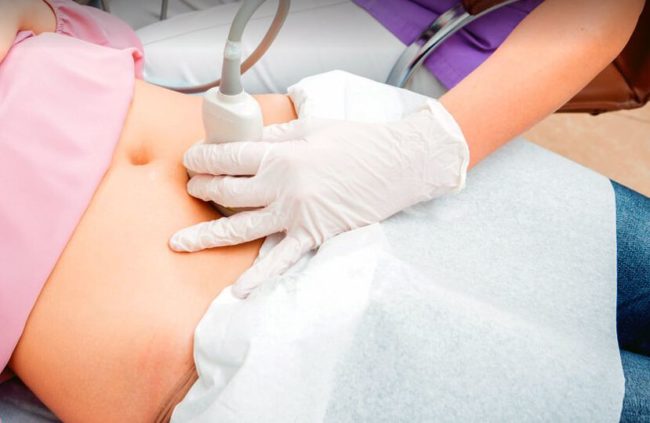
Since sand can irritate the mucous membrane of the urethra, the specialist will prescribe a number of additional drugs, as well as the course of antibiotics. In order to answer the question: "How do stones from the bladder come out?" - It is necessary to take into account the composition and size of the deposits. Since the sensations of patients, as well as the treatment period, varies from individual indicators.
To remove stones from the bladder, the following drugs are prescribed:
- Magurlit
- Spasmocystenal
- Soluran
- Uralit - u
- Fitolizin
- Artemisol
- Marena extract dyeing dry
- UROLOSAN
- Freak
- Alkalit
- Tsimalon
- Solovich
- Blemaren
It is also effective to use drugs aimed at removing cramps during urination. The following drugs have established themselves with positive properties:
- Diprofen
- Pinabin
- Galidor
- STOMID
- Papaverine
- Arpenal
- Allopurinol
- Metamizole
- Drotaverin

It is necessary to use any medications only after consulting with a doctor and in strict accordance with the instructions.
Stones in the bladder: Operation
With surgical treatment of urolithiasis, several ways are used, among which:
- Endoscopic lithoexstruction
- Contact transurethral cystolitotripsy
- Supership cystolitotomy
- Remote lithotripsy
Surgery is not shown to all patients. When choosing a method of removing stones, take into account:
- The presence of other ailments
- Size and composition of stones
- The number of formations
- Their location
- Age of the patient
- The presence of a pacemaker in the body
- The progression of the disease

Crushing stones in the bladder can be carried out in different ways:
- Contact transurethral cystolitotripsy is used to treat adult patients. At the time of cytoscopy, ultrasound, laser or electrohydraulic effects are used, which helps to crush the stones and remove their residues. However, this procedure is contraindicated in people with a pacemaker.
- Remote lithotripsy is performed using a shock wave method. Most often it is used to treat children, as well as in re -formation of deposits
- Verbal cystolitotomy is an emergency treatment. This method is effective in the presence of severe pain, chronic cystitis, as well as in the absence of a result at the time of use of drug therapy.
- Endoscopic lithoecstraction is effective in the presence of a large number of small stones, which cannot be removed with a drug treatment. The consequences can be as follows: urinary canal infections, bleeding and short -term hyperthermia.
After removing the stone from the bladder, it is necessary to adhere to such recommendations:
- Regularly undergo an examination by a urologist
- Periodically make an ultrasound of the kidneys and bladder
- Carry out an examination of metabolic processes
- Adhere
- Refuse to drink alcohol
- Avoid hypothermia and cystitis
Stones in the bladder: Folk treatment
Many patients ask the question: "How to get rid of stones in the bladder?" As additional treatment, it is effective to use traditional medicine. We will consider the most popular methods. For example, such drinks help to get rid of stones:
- Cranberry fruit drinks
- Brusnice fruit drink
- Watermelon juice
- Monastery tea of \u200b\u200bhis father George
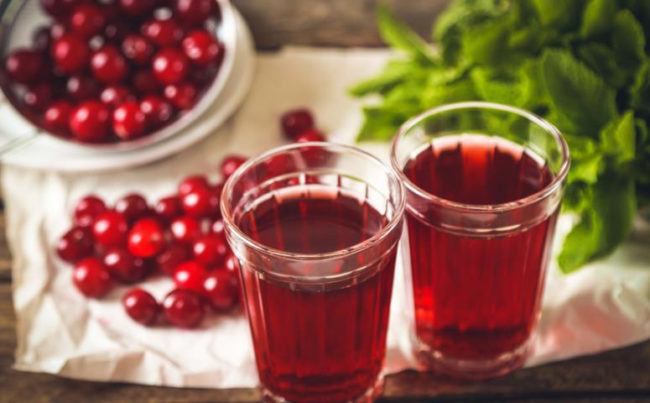
It is also effective to use decoctions from:
- Field horsetail
- Corn stigmas
- Lingonberry leaves
- Toplood
- St. John's wort
- Buds and leaves of birch
- Marens dye
Another benefit for the withdrawal of urate stones from the body will bring oats. It should be prepared as follows:
- 250 g of unprocessed cereals are placed in a thermal mug
- And pour 500 ml of boiling water
- The ingredients are infused for 12 hours.
- Further, the liquid must be filtered
- Oats are used as a morning meal without adding granulated sugar and other products
To get rid of phosphate formations, this recipe should be noted. For him you will need:
- 30 g of St. John's wort
- 30 g of bird highlander
- 30 g of dandelion roots
- 30 g of vinecost
- 30 g of tricolor violet
- 1 liter of water
You need to prepare the mixture like this:
- All components are poured with a liter of steep boiling water
- The mixture must be insisted for 50 minutes.
- Next, the liquid is filtered
- Drink a drink at 250 ml 3 times a day, for 30 days, before meals
In the fight against stones, the use of horseradish is effective. To prepare a decoction, you need to adhere to the following stages:
- The root of the plant is crushed
- 30 g of horseradish is poured with 1 cup of hot milk
- After 10 minutes. The decoction is filtered
- Use the product for a week
- Drinking medicine is recommended in small sips before meals
- 1 cup is designed for 1 day of use
- Fuck you need to take fresh, so you do not need to grind it for the future
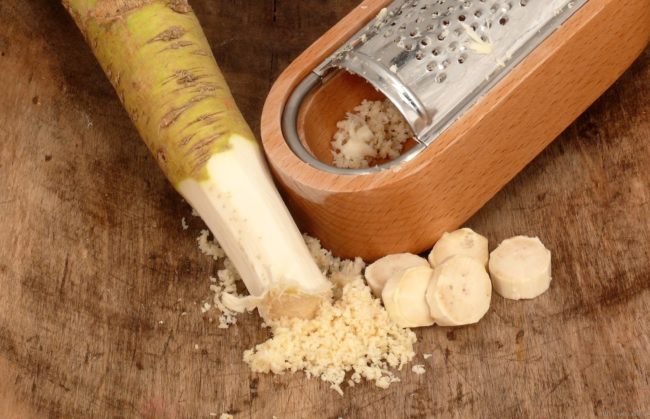
For the prevention of diseases of the bladder, as well as to remove sand, it is necessary to use the following recipe:
- 50 g of dry corn fibers are mixed with the same amount of dried cherry stems
- All components pour 250 ml of boiling water
- After 10 min. The decoction is filtered
- Take a drink daily in the morning 1 glass before meals
Also, in order to remove excess sand to effectively use sugar with 4 drops of anise oil three times a day. It is also useful to use phyto -eating as additional treatment. To prepare one of them, you will need:
- The leaves of the common braid
- Birch leaves
- Corn stigmas
- Solo root
- Creeping root root
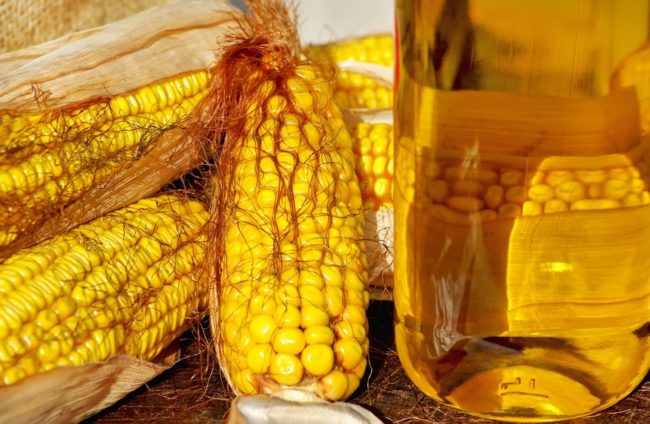
Next, you need to adhere to this sequence:
- All ingredients need to be mixed
- For 30 g of herbs, 250 ml of warm water must be used
- After 6 hours, the drink must be put on fire
- He will be boiled for 15 minutes.
- After that, the phytotvar is filtered
- You need to drink 250 ml three times a day, in 30 minutes. before eating
Also, in the presence of stones in the bladder, it is recommended to drink this drink. For its preparation, you will need:
- 30 g of birch leaves
- 30 g of juniper fruits
- 30 g of hollow erects
- 30 g of large celandine leaves
- 30 g of root steel root
Next, you need to mix all the ingredients and pour 1 glass of boiling water. Drink a warm decoction for the night of 250 ml
Stones in bladder: Diet
In the presence of stones and sand in the bladder, it is necessary to adhere to a diet aimed at facilitating well -being, as well as in order to avoid relapse and exacerbation. It is necessary to follow the following recommendations:
- Adhere to the principles of fractional power-at least 4 times a day with the same periods between food (2-3 hours)
- Reduce the use of spices and salt (can be replaced with various seafood and sea cabbage)
- Drink the required amount of liquid
- Choose natural vegetables and fruits
- It is worth abandoning sweet yogurts, sprayes, semi -finished products and all processed food
If the stones are oxalite, then it is necessary to refrain from such products:
- Cocoa
- Spinach
- Sorrel
- Chocolate
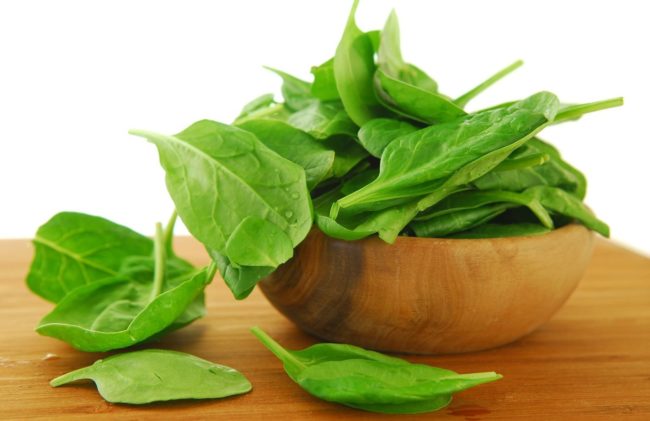
It is recommended to include:
- Watermelon
- Grape
- Pear
- Dates
If the deposits have a phosphate nature of origin, then it is worth abandoning:
- Milk
- Cheese
- Cottage cheese
- Yogurt
- Broccoli
- Spinach
- Cabbage
- Bobs
The permissible products include:
- Bread
- Baking
- Meat
- Fish
- Seafood
- Bird
- Paste
- Offal
If the stones belong to the urate group, it is strongly recommended to exclude such foods:
- Legumes
- Mushrooms
- Bird
- Meat
- Fish
For replenishment of protein reserves in the body, use is permissible:
- Buckwheat
- Oats
- Pastes
- All types of vegetables
- Milk
- Cottage cheese
- Hard and soft cheese
- Baking
- Sweets
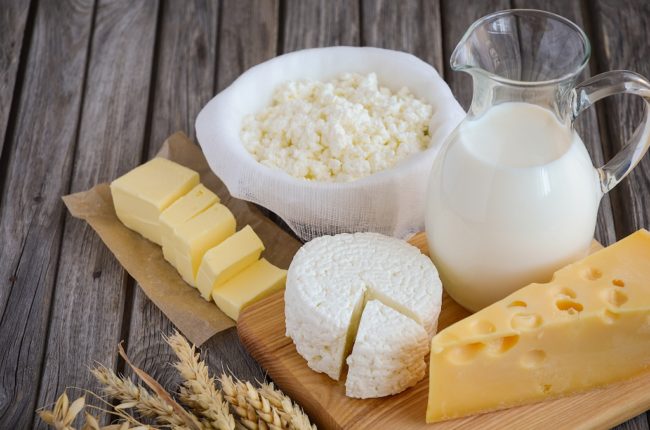
In order to speed up the recovery process, it is important to adhere to such recommendations:
- Exclude alcohol from the diet
- Limit salt consumption and spices
- Include lemon and its juice in the diet
- Regularly use boiled beets (in raw form and its juice are not acceptable!)
- Drink enough liquid: water, fruit drinks, all types of tea
- Regularly playing sports (riding a ride is excluded)
- Abandon the use of fat, sausages, sausages and other semi -finished products
- Set salads with a mixture of lemon juice and olive oil
- Refrain from consumption of canned goods and products, with a high salt content
In order to get rid of stones and sand, it is necessary to abandon self -medication. Apply for advice to a specialist, and a professional integrated approach to treatment will help you find health, as well as forget about problems with the bladder forever.
And the use of traditional medicine and compliance with dietary nutrition rules will contribute to consolidating the result and will help extend the effect of drug therapy.









Comments
a couple of years ago, there was no side of metrogils from the same problem, there were no side effects ...
I’m not a fan of peeling at all, it saves from acne of metrogil, it also smoothes it ...
Great article! ...
I take the second course of the Capsules Climafite 911. The tides went very quickly. It became calmer, irritability went away and I sleep well ...
i also noticed - it is worth nervous, everything immediately affects the face. Therefore, I try to avoid conflicts and unpleasant people. Of the creams, I like Miaflow from wrinkles - smoothes not only small wrinkles ...